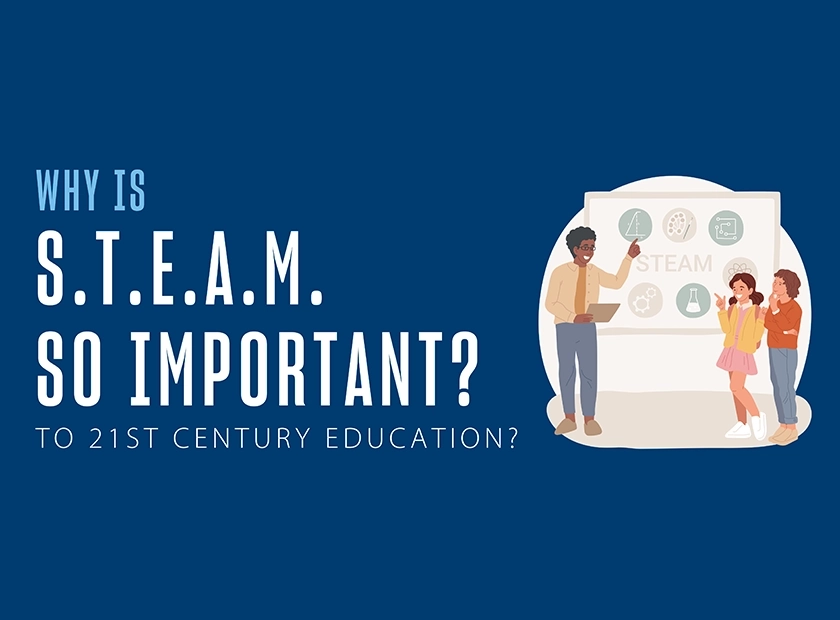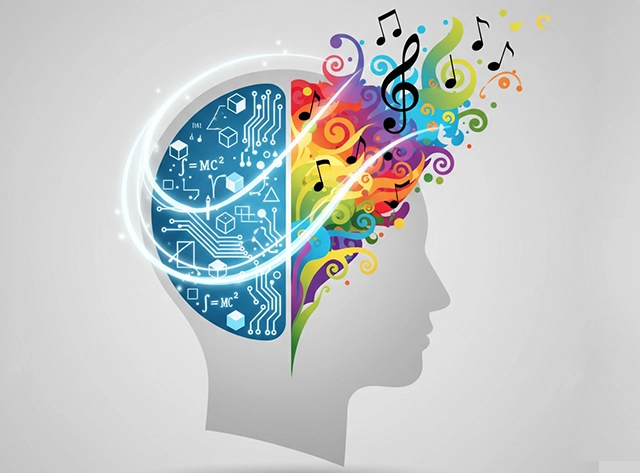Why STEAM is so Important to 21st Century Education

Let's see why STEAM is so important to Education
In an era defined by rapid technological advancement, global interconnectedness, and complex challenges, the traditional models of education are being fundamentally re-examined. Simply memorizing facts and figures is no longer sufficient to prepare students for the future. The world needs innovators, critical thinkers, and collaborative problem-solvers. This is where STEAM education—an integrated approach to learning that combines Science, Technology, Engineering, the Arts, and Math—emerges as a vital framework for 21st-century learning.
But why is adding "Arts" to the well-known STEM acronym so crucial? And what makes this integrated approach indispensable today? The answer lies in its ability to cultivate a holistic set of skills that mirror the demands of the modern world.
Here’s why STEAM is so important for today's students.
1. It Fosters Real-World Problem-Solving and Critical Thinking
The world’s most pressing issues, from climate change to public health crises, are not siloed problems; they require interdisciplinary solutions. STEAM education moves learning from abstract theory to tangible application. Instead of learning math formulas in isolation, students use them to calculate the structural integrity of a bridge they are engineering. Instead of just studying biology, they might use technology and design principles to create a vertical garden to address food scarcity in an urban environment.
This project-based approach forces students to ask questions, investigate, experiment, and learn from failure. They learn to analyze complex problems, break them down into manageable parts, and synthesize information from different fields to develop a viable solution. This is the very essence of critical thinking.

Steam Brain Evolution
2. It Ignites Creativity and Innovation
The inclusion of "Arts" is the masterstroke of the STEAM framework. The arts are not just about painting or music; they represent a way of thinking that embraces creativity, human-centered design, and powerful communication. When an engineer designs a new smartphone, its success depends not only on its technical specifications but also on its aesthetics, user interface, and intuitive design—all principles rooted in the arts.
By integrating arts with STEM subjects, we teach students to think outside the box. They learn to visualize complex data, communicate scientific ideas through compelling narratives or designs, and approach problems with an innovative mindset. Creativity is no longer a "soft skill" but a crucial driver of progress and a key differentiator in a future increasingly shaped by automation.
3. It Encourages Collaboration and Communication
The lone genius working in isolation is largely a myth. Major breakthroughs today are almost always the result of teamwork. STEAM projects are often collaborative by nature, requiring students with different strengths to work together. A coder must communicate effectively with a designer, an engineer needs to understand the research from a scientist, and the entire team must be able to present their project in a clear and persuasive way.
This process teaches invaluable skills: active listening, constructive debate, dividing responsibilities, and integrating diverse perspectives to achieve a common goal. These are the skills that define effective teams in every modern workplace.
4. It Bridges the Gap Between Education and the Future Workforce
The jobs of tomorrow are still being invented, but we know they will demand adaptability, digital literacy, and the ability to work with emerging technologies. STEAM education directly prepares students for this reality. It provides hands-on experience with tools like 3D printing, coding, robotics, and data analysis, making students producers of technology, not just passive consumers.
Furthermore, a STEAM education doesn't just prepare students for careers in tech or engineering. The analytical and creative skills it develops are universally valuable, whether one becomes a doctor, an entrepreneur, a policy-maker, or an artist. It builds a foundation of intellectual agility that will allow students to adapt and thrive throughout their careers.
5. It Promotes Equity and Engages All Learners
Traditional classroom settings can sometimes fail to engage students who learn differently. The hands-on, inquiry-based nature of STEAM can captivate a wider range of learners. Students who may struggle with textbook learning can excel when they are able to build, create, and see the immediate results of their efforts.
By focusing on solving problems relevant to their own communities, STEAM can also make learning more meaningful and culturally relevant, empowering students from all backgrounds to see themselves as agents of change and innovation.

Kids learn together
Educating for the Future, Not the Past
STEAM is more than just a new acronym or an educational trend. It is a fundamental shift in philosophy, moving away from rote memorization and towards a dynamic process of inquiry, creation, and collaboration. It acknowledges that the world's challenges—and its greatest opportunities—lie at the intersection of different disciplines.
By championing STEAM, we are not just teaching subjects; we are cultivating a mindset. We are empowering the next generation to be curious, resilient, and creative thinkers. We are giving them the tools they need not only to navigate the complexities of the 21st century but to actively shape a better, more innovative, and more sustainable future for all.
